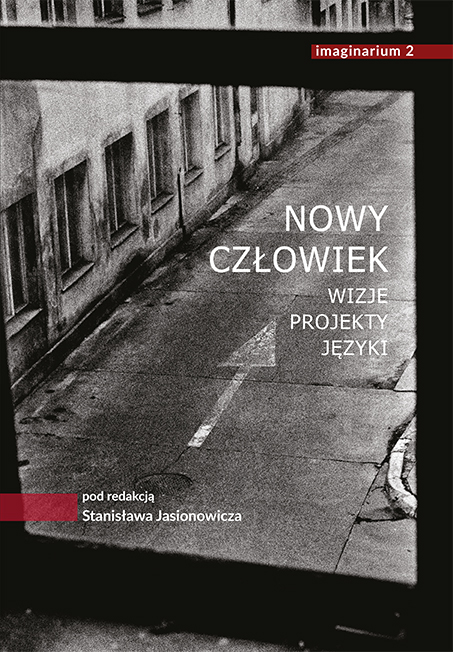Średniowieczny święty jako „nowy człowiek”
Streszczenie
The author investigates the medieval vision of sainthood. Against the background of ordinary human beings, the saint is perceived as not only morally superior to his brethren, but also radically different from them: a real New Man, free of human flaws and imperfections. In a world dominated by the category of collectivity, the saint stands out as a “lone horseman,” free from social, as well as human, limitations. He is viewed not as an example to be followed, but rather as an intercessor and holder of mysterious thaumaturgic powers, capable of performing miracles. Therefore, although medieval Western spirituality tends to ban all eccentricity and even individualism, while elevating the coenobitic dimension of religious life, there remains a strong fascination with the oriental, mythical anachoretism, resulting in a flowering of hagiographic narrations of the lonely hermit inhabiting the inhospitable forest (the Western equivalent of the Eastern desert) and repelling the assaults of the Devil. In rare cases, the saint can experience a temporary moral fall, invariably followed by severe penance and final redemption.
ISBN
978-83-7643-143-7978-83-7643-142-0


